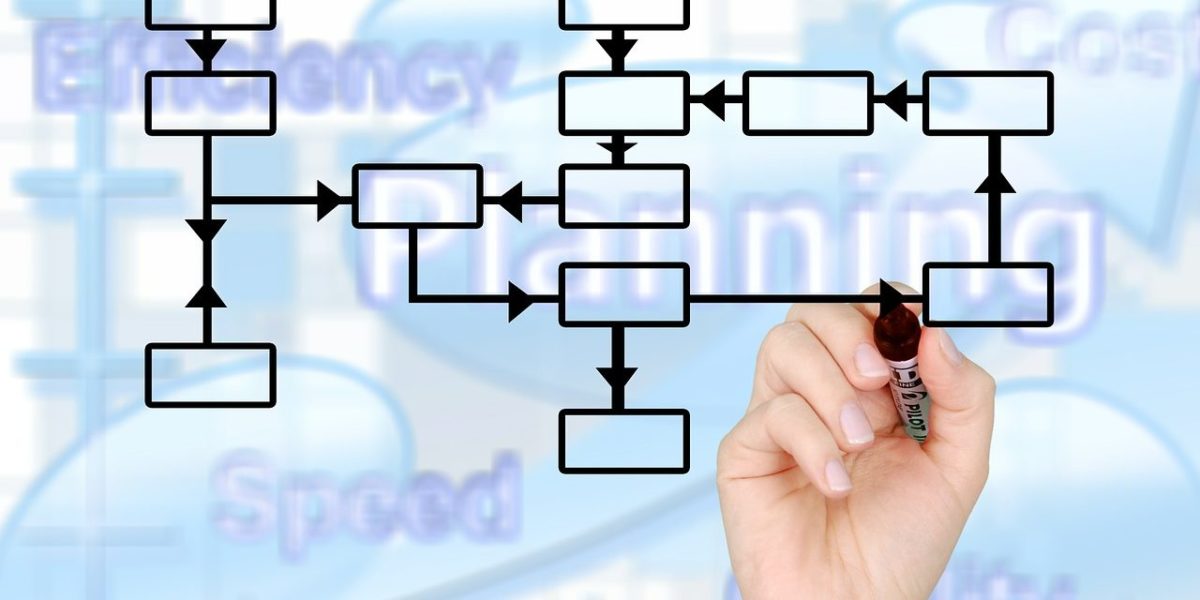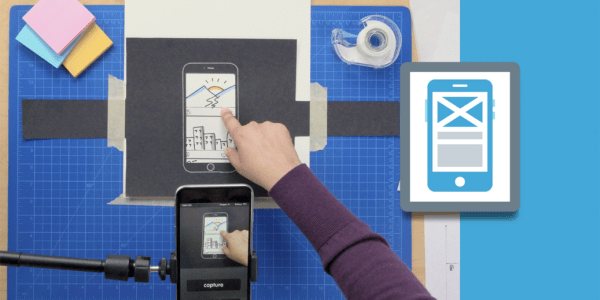
What is the software development process, and why is it important for your project?
We cannot overemphasize the importance of software in our lives. Whether we shop online, chat with our long-distance relatives, or do simple tasks such as making phone calls or playing games, software plays an integral role in making all of these possible. In the development of software, there are different systems employed in the process development of software, known as Software Development Models.
Some common software development process models
Examples of such models are the Spiral model, V-model, and the Agile model among others. These models follow a definite step in ensuring the completion of software application development.
Even websites, or desktop/ mobile applications.
How many common software process models for software development?
The answer is 7:
- Agile model
- Spiral model
- V model
- Waterfall model
- Inсrеmеntаl model
- RAD model
- Rаtіоnаl Unified Process
If you are interested to learn more about the various development models, please read our related article here.
The steps of the software development life cycle (SDLC)
In the software development service, different software development models are employed depending on the development team and the project to be completed. The software process involved in these models clearly defines the steps of the software application development life cycle. Every step in the development life cycle gives rise to the end-product needed by the next stage in the cycle. The layout design for the product is made from the gathered requirements. The design determines the codes to be written. This step is the development phase. The testing confirms the resulting product from the development stage, and checks to see if it meets the requirements.
In the software development service, six basic steps define the process of software development.
They are:
- General Analysis and Requirements Gathering
- Product Design
- Coding
- Testing
- Deployment of product
- Product Maintenance and Operations
1. General analysis and requirements gathering:
In software development, requirements for the products to be designed are sourced in this step. For most projects, this step happens to be the primary focus. Project managers and interested stakeholders gather around to meet and put together the requirements. Questions such as “Who gets to use the product? Utilization of the product, what kind of data goes into the product? And what kind of data is returned by the product as output?” are all answered in this step.
After the requirements have been gathered, and questions like the above have been answered, analysis of the conditions comes next. The plausibility of putting the elements assembled into the final product is analyzed and carefully studied in detail. A requirement specification document is created. After completion of the requirement's analysis, the development team can then proceed to the next level of making out a product design to be followed throughout the product development process.
This step also helps businesses in the cost estimation of the project. If you want to know how to estimate the cost of a web application or a mobile application project, please check this detailed article here.
2. Product Design:
During this step, the creation of the product design from the requirement's documentation ensues. Product design assists in the specification of the necessary hardware required to run the product, in other words, the deployment. It also helps in clearly marking out the general product architecture, depicting the software modules required to be developed and their relationships.
It is also time to make a choice of development platform, e.g. .NET, Java, Laravel, Ruby on Rails, or FileMaker. This choice depends on the requirements themselves, but also on which platform is commonly used within the company.
We have 5 stages of the Software Design process
- Understanding software project requirements
- Research and Analysis
- Software design
- Software prototyping
- Software evaluation
Furthermore, the User Interface and User Experience are designed in this step. Taking into account the target users of the software application and the main features, a user-friendly and modern-looking User Interface is designed. If you like to read more about "Foundation UX: Prototyping", please read our UX article here.

The product design layouts further serve as a base for the next step in the development cycle. In the next step, which involves coding, the development team would have to come up with a plan for implementing the programming language.
3. Coding:
After the phase of product design, the development team moves on to the stage of coding and implementation. Once the development team has the requirement specification and the design documents in hand, the software developers can start programming. Besides coding, the developers also perform unit or module testing in this phase, as to detect potential problems as early as possible in the development phase.
Some companies prefer to outsource the coding activities, and many times also the previous step of Product Design, to a third-party software application development company. Reasons for this outsourcing vary from simply not having the required resources or skills available, or wanting to focus with their own team on the company's core products and services. An interesting article about things to consider when outsourcing can be found here.

After the coding phase, the team can then move on to the next step of development, which is testing.
4. Testing:
After the step of coding and implementation, the team can then proceed to integration and validation testing. Software development service teams are in the constant software process of releasing different software applications for various purposes, as this process is necessary as it is important to test the product against all parameters available vigorously. This phase exposes potential bugs in the product, and if any, these are corrected. This also means that the software product will be a risk assessment in this stage.
As we saw in the previous step, the software developers themselves will perform unit or module testing. The next stage of testing would be Integration testing. Here, the interaction between the individual modules and/or external systems is tested. After integration testing, Validation testing will be performed, testing the end software product based on the requirements and UI/UX design, from an end-user point of view.
A different approach to testing is the so-called Test-Driven Development (TDD) method. Using this method, software developers would first write a test script for particular requirements and only after that write the code to fulfill those requirements. Then the test is run, and the code is adjusted until the test passes.
If the software application contains no more (non-acceptable) problems anymore, the application is deployed
5. Deployment of the Product:
Once the software product passes the testing phase, deployment of the product can ensue. Once the product is ready, the first batch is rolled out and opened to the public. That is known as Beta testing. If any changes are required due to customer feedback, or any bugs not seen during the testing phase arise, they can be corrected and implemented during this phase of software application development.
Deployment normally involves setting up a so-called 'Production' server on which the software will run. Such a server can be one of the company's own servers, or it can be in the 'cloud' by using for example Amazon Web Services or Microsoft Azure.
After deployment, the next phase is Maintenance and Operations.
6. Maintenance and Operations:
Once all the above steps have been successfully passed, and the software product is fully released into the market, the product must be kept operational and maintenance of the product is required. This involves fixing issues and keeping the systems up to date with the latest operating system patches or updates of used third-party software. In case the user base of the software product increases significantly, expansion in the form of additional processing power, memory, and/or database capacity might need to be done to keep the system running smoothly
Epilogue:
We went through the 6 basic steps of high-quality software development. As it is probably understandable, the used steps will vary at each company, to accommodate the environment and situations at each company and for each individual software development project.
If you would like to elaborate more about this topic or if you would like to discuss how our high-quality software development services can help you or your company.

Suggested Posts
How useful was this post?
Share it with your friends
Get our latest articles here!
Do you have any questions?
Help us improve the content of this Insightful blog by asking us questions. Manifera's team of experts will help you answer these questions as soon as possible.








